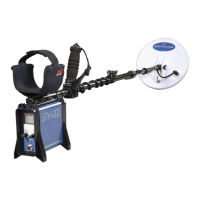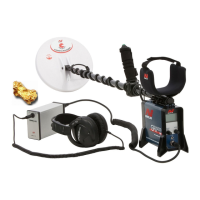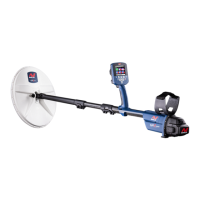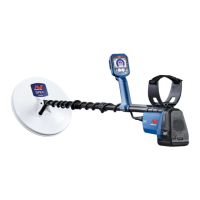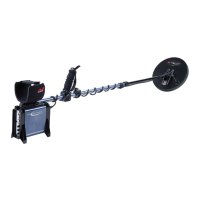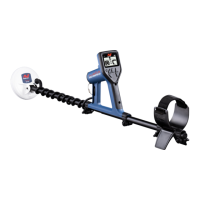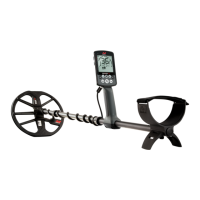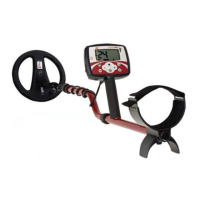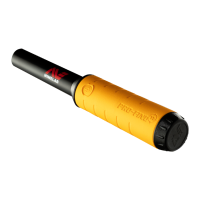19
CONTENTS
Advanced Concepts
Identifying the Source of Detector Noise
When detecting, there are generally three types of noise that can be heard depending
on the detector settings, detecting location, or other factors. Accurately identifying
the type of noise you are experiencing will help you to apply the correct solution.
Metal detectors experience background noise that can usually be attributed to one or more of three external sources.
Understanding the different sources of noise and how to identify them can substantially help you to properly tune your detector.
Note: In an automatic sensitivity setting, the detector will attempt to automatically compensate for noise from interference,
therefore identifying the source of interference is best done using a manual sensitivity setting.
Electromagnetic Interference (EMI)
EMI can originate from many sources. The most obvious are power lines, electric fences, electric motors, transformers, radio
transmitters and mobile (cell) phones. Most EMI is generated by human activity, though distant lightning strikes are also a
source of EMI.
To Identify EMI:
EMI is easy to identify because it is the only source of noise that is present when the coil is stationary. To verify that noise is
due to EMI, hold the coil stationary, and away from metal objects to see if the noise remains.
To Manage EMI:
` Perform Noise Cancel (page 13).
` Use a Double-D coil with the Double-D mode set to EMI Cancel (page 21).
Ground Noise
Ground noise is present when the metal detector interprets the ground as being a target due to the mineral content of the
ground, and can be categorised as the following:
` Normal — Ground with low levels of mineralisation.
` Difficult — Ground that has medium to high levels of mineralisation.
` Variable — Ground that has varying levels of mineralisation and/or conductivity from patch to patch.
To Identify Ground Noise:
Raise and lower the coil above the ground a couple of times from 10 to 100 mm (⁄ to 4 in). If you hear signals that correlate
with the coil movements, and the signals stop when the coil is stationary, then it is ground noise.
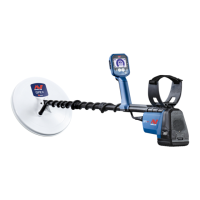
